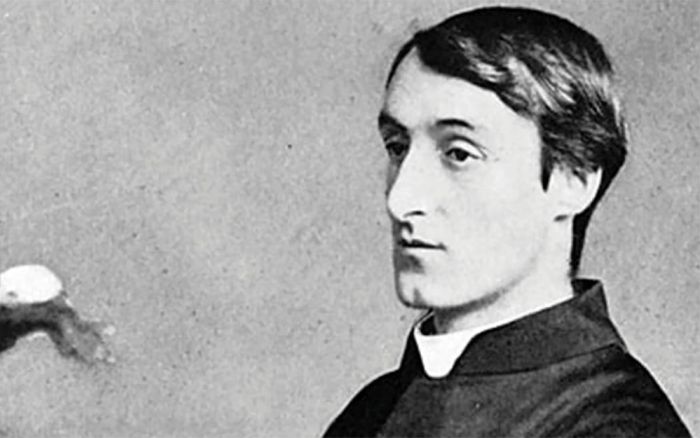Gerard Manley Hopkins’ Poetic Technique

I don’t read a lot of poetry anymore, but one poet that has stuck with me over the years is Gerard Manley Hopkins, and specifically his poem, “God’s Grandeur.” I initially discovered the poem via Mortal’s Fathom, and its images of a God sustaining His beautiful creation even in the face of its abuse and misuse by Man, are vivid and stirring.
Earlier this week, Marybeth Baggett published a piece that explores Hopkins’ life, poetry, and the techniques he used to make his poems so beloved and influential:
Getting at the central truth of a thing — a landscape, a person, an animal, a phenomenon — this was the animating force behind Hopkins’ poetry. And his aesthetic form served to bring this truth to poetic life.
The terms Hopkins coined for these concepts, drawn from the metaphysics of John Duns Scotus, were inscape and instress, inscape referring to the inherently unique quality of a thing and instress referring to the faculty of the poet needed to perceive that quality. Hopkins’ vision of God is made manifest here — his creativity is boundless, and human beings made in this creative God’s image reenact that creativity in their perception of God’s expression in this world.
Read the full piece, which includes a breakdown of “God’s Grandeur.”
Enjoy reading Opus? Want to support my writing? Become a subscriber for just $5/month or $50/year.
Subscribe Today